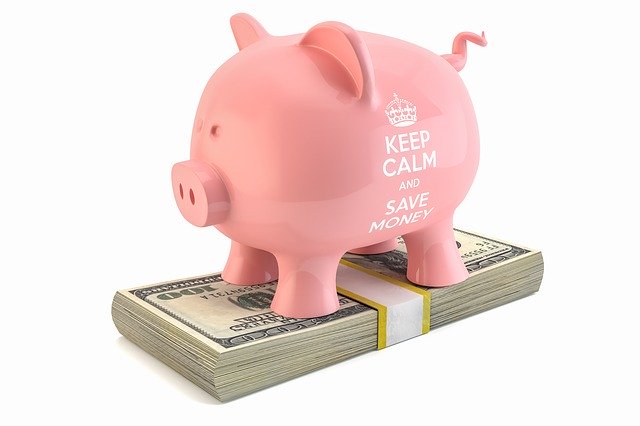Cash and savings accounts are a foxhole for greedy financial institutions. Banks punish savers who leave cash idling in their bank accounts. Brokers do much the same, so do platforms.
Cash ETFs offer to end all this. They promise savers a decent interest rate on their savings. And do so by making interest rates typically reserved for institutions and the very rich available to all.
Fund NameiShares Core Cash ETFBetaShares Australian High Interest Cash ETFAUM ($m)6141,847Inception Date2-Jun-176-Mar-12
The two most popular cash ETFs are the iShares Core Cash ETF (BILL) and the BetaShares Cash ETF (AAA). Both of which have surged in popularity the past few years.
But what are the differences between BILL and AAA? And what should investors considering buying these cash ETFs know?
We take a look.
Investment Strategies
Term deposits or negotiable certificates?
AAA invests in term and notice deposits from major banks. Term deposits are basically savings accounts, where savers park their cash with a bank for an agreed period of time in exchange for a better interest rate. BetaShares negotiates directly with the big banks to ensure AAA gets the best rate. AAA mostly uses deposits that allow daily withdrawal. But it also uses deposits with lockup periods.
BILL works a bit differently. It invests in cash instruments that are usually only used by institutions. These include negotiable certificates of deposit, which are a bit like term deposits only they can be traded every day. As well as 11am call deposits, which are savings accounts, essentially, that let investors exit any day they like. So long as they notify the bank before 11am Sydney time.
Performance
AAA has performed better, but BILL is cheaper
ReturnsBILLAAAYear to date0.09%0.10%1 year1.42%1.62%Historical yield1.43%1.67%
Returns as of 31 Jan 2020.
AAA has slightly outperformed BILL over the past two years. The difference in performance is small and shows up more clearly over longer time periods. This means that active traders and investors putting smaller sums aside won’t really notice any difference. But for investors putting big money in cash ETFs, or for those holding them for several years, the differences in performance can add up.
In terms of fees: BILL is cheaper than AAA, and by a fair way. The way ETF fees work is that the fee is included in the ETF price you see on your computer screen. So performance always comes inclusive of fees.
BILLAAAAnnual fee0.07%0.18%
Liquidity and trading
Both should be very liquid
BILL and AAA are some of the cheapest ETFs in Australia to trade. This shows up in their tiny buy-sell spreads on the ASX.
This is partly because a lot of investors trade AAA and BILL. This makes it easier for brokers who work with the ASX – market makers, as they are known – to match buyers and sellers.
BILLAAASpread0.01%0.01%
However, even if investor interest wanes considerably, it should still be cheap to trade BILL and AAA. Why? Because making a market for AAA and BILL is low risk. And when making a market is low risk, market makers are happy to make it cheap.
The reason for making a market for AAA and BILL is cheap is that the two funds only hold cash. And cash – unlike stocks or bonds – does not change price much throughout the trading day.
Why AAA outperforms
AAA's liquidity premium and potential mismatches
As we touched on above, AAA tends to outperform BILL. This is very probably because some of the cash it holds is locked up for 31 – 90 days in term and notice deposits.
Agreeing to lockup periods means big banks are willing to give AAA a better interest rate than BILL. But lockups could create problems if many AAA investors all sold all at once.
At its most extreme, AAA could run into a “liquidity mismatch”: where the ETF can be traded, but the assets it holds cannot be accessed. These mismatches can cause problems because ETFs require access to the assets they hold in to stay accurately priced.
How ETFs work: Creation and Redemption
In BetaShares’ defence, the lockup periods have never caused a problem in AAA’s 8 years of trading. BetaShares also keeps most of AAA’s cash in “at call” deposits, which can be accessed at any time.
Market makers also have strategies available to them to ensure ETFs are stay fairly priced, even when the assets they hold cannot be accessed.
Conclusion
AAA and BILL are both good ETFs. BILL is more transparent: you can find out exactly what it holds every day on iShares’ website. BILL also has a lower fee and no potential liquidity mismatches. AAA has the advantages of better performance – which will likely persist – and a longer trading history. Investors could not really go wrong with either of them.




